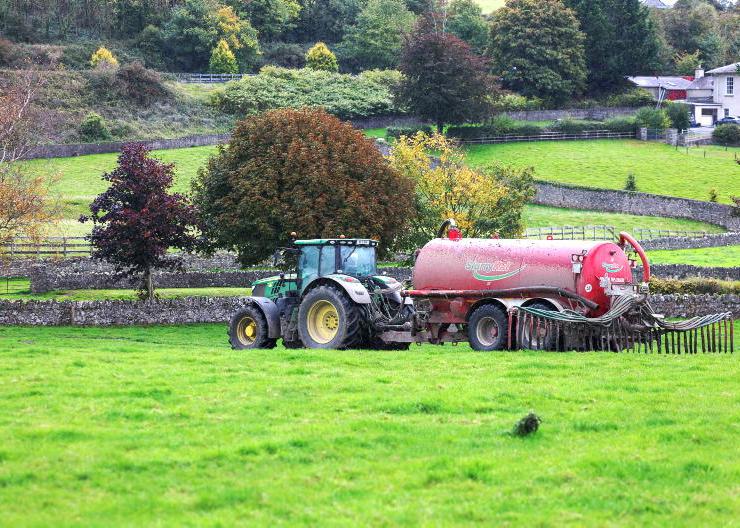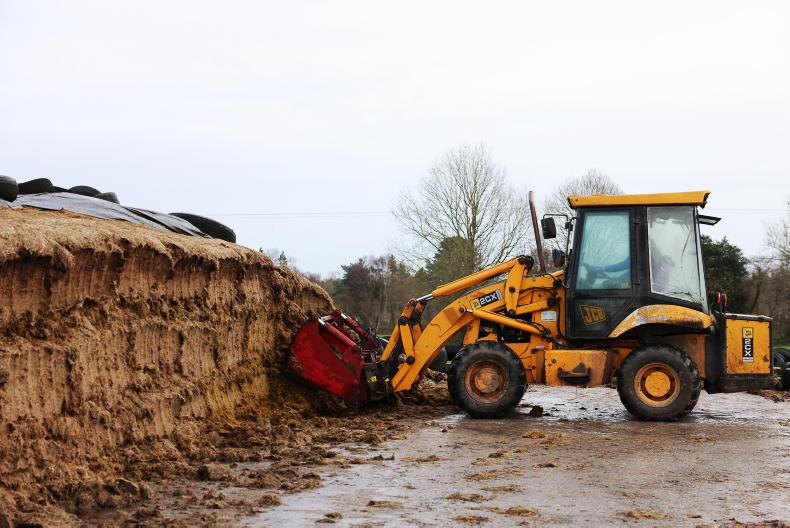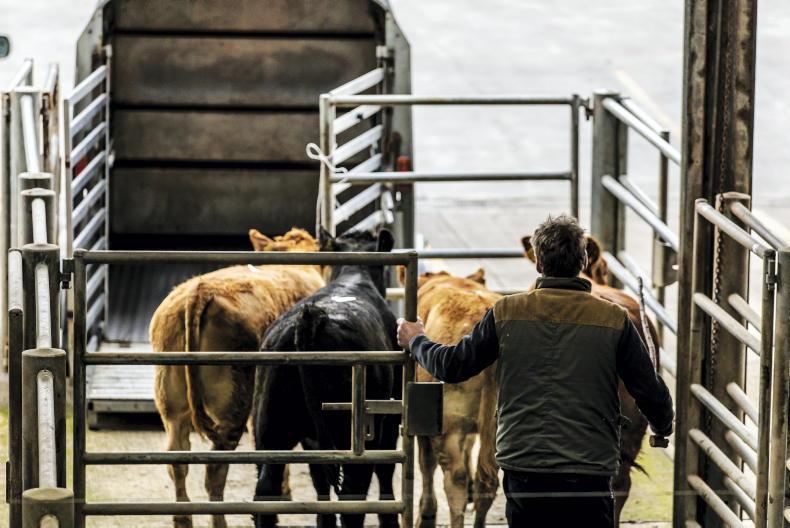Vaccinations
With delayed turnout, it’s easy to forget about the routine tasks on suckler farms like vaccinating. Cows should receive their annual booster at least two weeks prior to the onset of breeding for both BVD and Lepto.
For bought-in animals or maiden heifers that require both courses of a two-shot programme, the primary shot should be administered about six weeks prior to breeding, with the booster administered two weeks prior to the start of breeding.
It’s important that the bull receives his booster shot also, and that bought-in bulls are given an initial shot and the booster shot. Vaccinations should be timed with other management tasks to avoid unnecessary handling of animals.
It’s really important to read the vaccination instructions, especially on vaccine storage. If it says it needs to be stored in a fridge, then store in a fridge. With some vaccines, there is also a time limit on use once the vial is broached.
Try to plan vaccinations on a dry day, and keep needles as clean as you can, changing regularly to avoid any abscesses on animals. Record the date of initial vaccination, and stick a reminder on your phone for when the booster is due.
Castration
Autumn/winter born calves are coming up to six months now, so it’s a good time to look at castration if that’s the road you are going down.
It’s important to get it right, as if completed incorrectly it can result in sick animals and will affect animal thrive for a prolonged period. Remember it is illegal to castrate calves over six months of age without using local anaesthetic.
Good hygiene is essential to minimise the risk of infection, especially after surgical castration. It is best to castrate calves as young as possible and less than six months of age.
You should administer a clostridial vaccination to protect against tetanus when using banding or rubber ring method. Try and provide a clean dry environment with adequate space for movement to relieve stiffness for calves after castration – outdoors is the best option at this stage in the year.
Inspect and monitor calves closely for two weeks after castration. With latex bands, the scrotum should drop off within four weeks after castration.
Look for swelling, signs of infection, tetanus and abnormalities. Treat wounds as needed. Seek professional advice/help from a vet sooner than later if calves show signs of severe pain, swelling or infection.
Factor in what your route to market is before you decide on castration. A lot of live exporters are purchasing bulls only for export, so if you are thinking of targeting this trade, it may be best to leave them entire.
Cashflow
It’s important to sit down and work out the cash requirements for the farm over the coming weeks and months. Make a list of money owed and money due from cattle and sheep sales. Factor in delays because of things outside of your control.
Factor in household living expenses also. The first six months of the year can be a difficult time, especially on farms selling weanlings in autumn. It may be just a case of extending an overdraft for a couple of months, but it’s important to sit down and look the finances.










SHARING OPTIONS